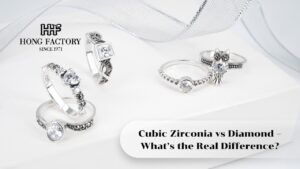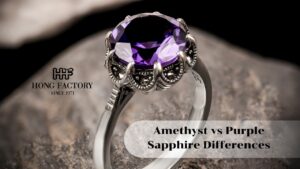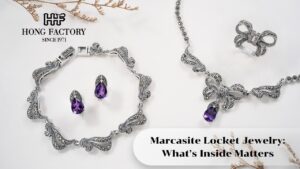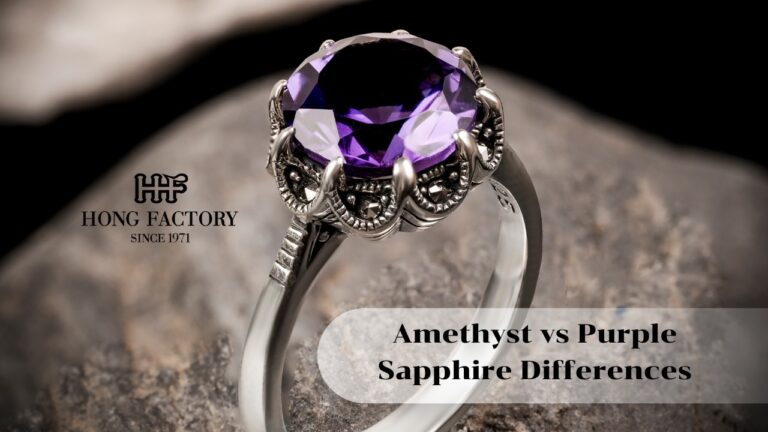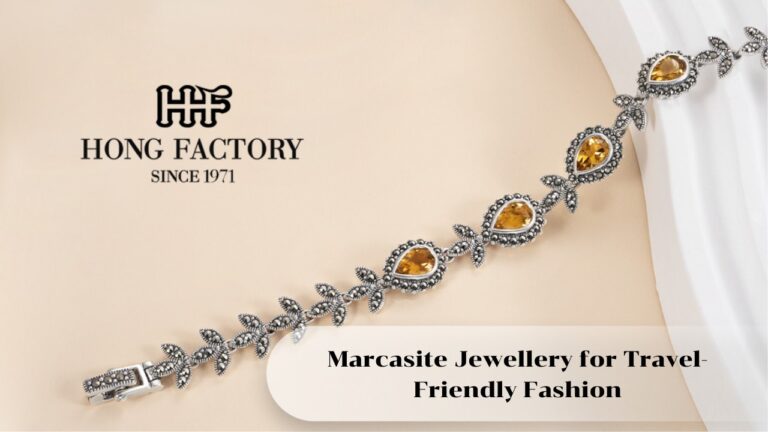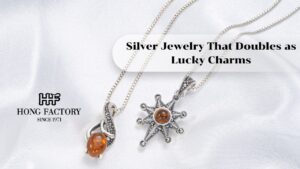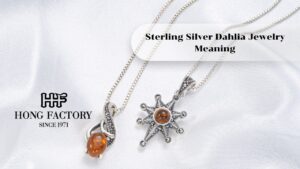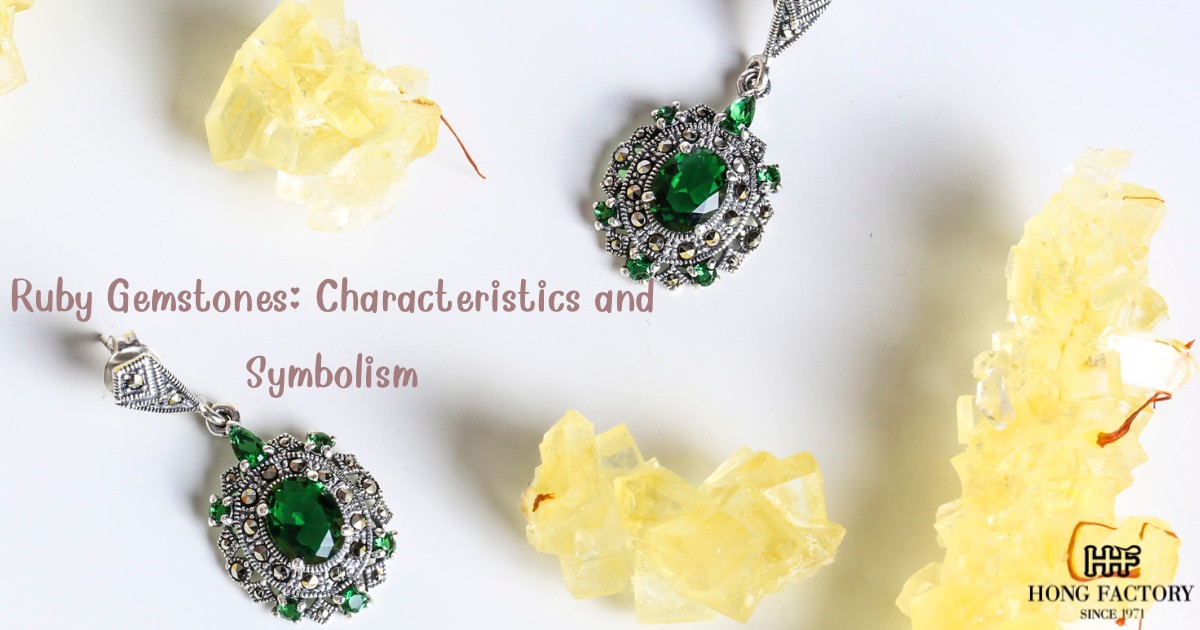
Rubies are among the most treasured and vibrant gemstones in the world. Known for their deep red hue and enduring symbolism, rubies have captivated cultures for centuries. Ruby Gemstones
Whether adorning royal crowns or modern jewelry, rubies embody passion, power, and protection. Ruby Gemstones
This guide explores the physical properties, historical significance, symbolism, and uses of ruby gemstones, while providing helpful tips for buyers and collectors.
Ruby Gemstones: Characteristics and Symbolism
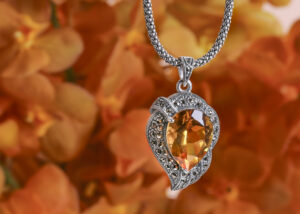
What Is a Ruby?
A ruby is a variety of the mineral corundum, the same mineral that produces sapphires. The red color of rubies is due to the presence of chromium.
Only red corundum is classified as a ruby; all other colors are considered sapphires.
The intensity of a ruby’s red color depends on the amount of chromium and the presence of iron, which can sometimes reduce color saturation.
The name “ruby” comes from the Latin word ruber, meaning red. Throughout history, this vibrant stone has been associated with fire, blood, and the heart—symbols of life, vitality, and strong emotions.
Physical and Chemical Properties
- Hardness: Rated 9 on the Mohs scale, rubies are second only to diamonds in hardness. This makes them exceptionally durable and ideal for all types of jewelry, including pieces worn daily.
- Color: The most prized rubies have a vivid, pure red to slightly purplish-red hue, often referred to as “pigeon’s blood.” Lesser-quality rubies may display a brownish or pinkish tone.
- Luster: Rubies have a vitreous (glass-like) luster when cut and polished, which enhances their visual appeal.
- Clarity: Inclusions are common in natural rubies, and unlike with diamonds, these inclusions (known as “silk”) can sometimes enhance a ruby’s appearance by diffusing light evenly. Completely flawless rubies are extremely rare.
- Refractive Index: Ranges from 1.762 to 1.770, giving rubies a noticeable brilliance.
- Origin: Major ruby sources include Myanmar (Burma), Thailand, Sri Lanka, Vietnam, Mozambique, and Madagascar. Burmese rubies are particularly esteemed for their intense red color and historical importance.
Treatments and Enhancements
Most rubies on the market are treated to enhance their color and clarity:
- Heat Treatment: The most common and accepted treatment. Heating can intensify color and reduce visible inclusions.
- Fracture Filling: Some rubies are filled with lead glass or other materials to minimize the appearance of fractures. These treated stones are less valuable and require special care.
- Diffusion Treatment: A less desirable treatment that involves adding elements like beryllium to alter the stone’s color. This process is often irreversible and should be disclosed at the time of sale.
It’s essential to buy rubies from reputable dealers and always ask for a certificate from a trusted gemological lab, such as GIA or AGL, to confirm any treatments.
Symbolism and Meaning
Rubies have been surrounded by lore and symbolism for thousands of years and across many cultures:
- Love and Passion: The deep red color makes rubies a symbol of romantic love and emotional intensity. They are often chosen for engagement rings and anniversary gifts.
- Vitality and Energy: Believed to energize and stimulate the wearer’s physical and emotional well-being.
- Courage and Protection: Warriors in ancient Burma inserted rubies into their skin to gain protection in battle. The stone was seen as a shield against harm.
- Wealth and Status: Rubies have long been associated with royalty and prosperity. They were highly coveted by kings, queens, and emperors.
- Birthstone: Ruby is the birthstone for July and is associated with the zodiac sign Cancer. It is also traditionally gifted on 15th and 40th wedding anniversaries.
Ruby in Culture and History
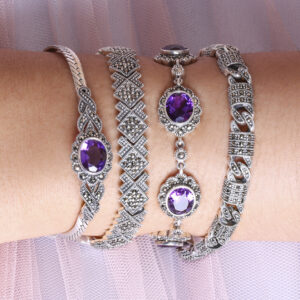
Rubies have played a prominent role in history, myth, and religious texts:
- Ancient Burma (Myanmar): Burmese rubies were considered some of the finest in the world. Soldiers believed that wearing rubies made them invincible.
- India: Referred to as “ratnaraj,” or the “king of precious stones,” rubies were revered in Hindu tradition and featured prominently in Indian royal jewelry.
- Medieval Europe: Believed to protect against illness, provide peace, and improve wisdom. Royals often wore rubies to symbolize power and passion
- Biblical References: Rubies are mentioned in several biblical texts as symbols of beauty and wisdom.
Uses of Rubies
Rubies are used in a variety of applications, both decorative and functional:
1. Jewelry
Rubies are prized in rings, necklaces, bracelets, earrings, and brooches. They are especially favored in high-end and custom jewelry pieces due to their intense color and symbolism. Vintage and antique ruby pieces are highly collectible.
2. Watchmaking
Synthetic rubies are widely used as bearings in mechanical watches. Their hardness and low friction make them ideal for reducing wear in delicate moving parts.
3. Technology and Industry
Rubies have been used in technology for their physical properties:
- Lasers: The first working laser, developed in 1960, used a synthetic ruby crystal.
- Scientific Instruments: Due to their stability and hardness, rubies are sometimes used in precision instruments.
How to Choose a Ruby
When selecting a ruby, understanding the quality factors can help you make an informed purchase. These include the Four Cs:
- Color: The most important factor. Look for a rich, saturated red color. Stones that are too dark or too light are generally less valuable.
- Clarity: Inclusions are normal, but avoid rubies with large or distracting flaws visible to the naked eye.
- Cut: A well-cut ruby will reflect light evenly across the surface, enhancing its brilliance.
- Carat Weight: Larger rubies are significantly rarer than smaller ones and often command higher prices.
Additional tips:
- Always request documentation about treatments.
- Compare stones side by side in different lighting.
- Consider origin, as Burmese rubies tend to be more valuable.
Caring for Ruby Jewelry
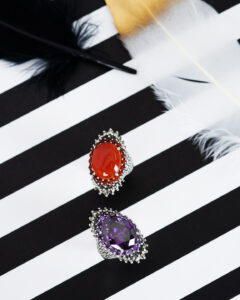
While rubies are durable, proper care will keep them looking their best:
- Cleaning: Use lukewarm soapy water and a soft brush. Avoid ultrasonic cleaners for treated rubies.
- Storage: Store separately in a fabric-lined box or pouch to avoid scratching other stones or metals.
- Handling: Avoid exposing rubies to harsh chemicals, heat, or sudden temperature changes.
Regular inspections by a jeweler can ensure that prongs and settings remain secure, especially in rings and bracelets that undergo frequent wear.
Investing in Rubies
Rubies have been considered a store of value for centuries:
- High-quality rubies over 1 carat, especially untreated ones from Burma, are increasingly rare.
- Vintage and antique ruby pieces from well-known designers or historical periods often appreciate over time.
- Certified rubies from reputable gemological labs have greater resale and auction value.
For those interested in investing, it’s essential to work with trusted gem dealers and stay informed about market trends.
Rubies are much more than beautiful red gemstones—they are rich in history, symbolism, and enduring allure.
Their combination of durability, intense color, and cultural significance makes them a favorite among jewelers, collectors, and wearers alike.
Whether chosen for their romantic symbolism, energizing presence, or timeless elegance, rubies continue to shine as one of the most iconic and meaningful gemstones in the world.

